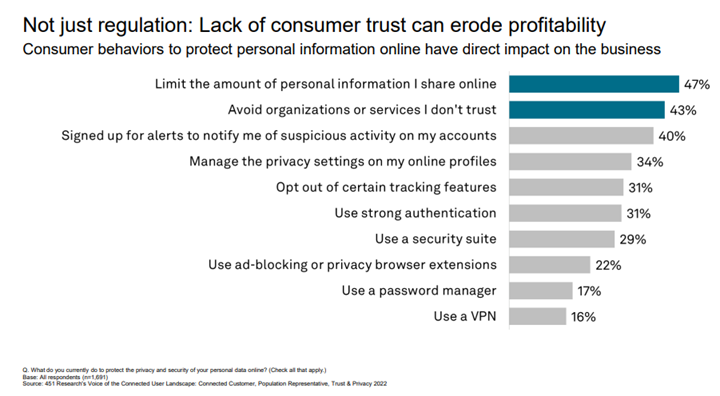S&P Global Offerings
Featured Topics
Featured Products
Events
S&P Global Offerings
Featured Topics
Featured Products
Events
S&P Global Offerings
Featured Topics
Featured Products
Events
S&P Global Offerings
Featured Topics
Featured Products
Events
Corporations
Financial Institutions
Banking & Capital Markets
Economy & Finance
Energy Transition & Sustainability
Technology & Innovation
Podcasts & Newsletters
Corporations
Financial Institutions
Banking & Capital Markets
Economy & Finance
Energy Transition & Sustainability
Technology & Innovation
Podcasts & Newsletters
Blog — 19 Aug, 2022
As we discussed in PART 1 of this webinar rewind, corporate risks are increasing on many fronts and gathering comparable data is essential to business growth. Due to challenges from geopolitical conflicts, high levels of inflation, and supply chain disruption, companies are addressing new levels of risk and competition. Those that can quickly distill essential data insights will set the pace for their market and peers. In this second webinar rewind, we take a deep dive into corporate data trends.
Moving data within the enterprise from point A to point B, before it is eventually leveraged for insight within an organization, is a given. This includes customer data, product data, transactional data, and operational data. As Paige Bartley (Senior Research Analyst, 451 Research, S&P Global Market Intelligence) explained, “the key part here is that in a digital transformation journey, you're trying to drive business value with this data inside of your organization, yet there's this enormous increasing complexity of those IT systems. There are legal reasons why you need to manage your data properly but also, there are opportunities as well.
Regulations focused on customer data, particularly for data privacy and data protection, are proliferating around the world. Some may say the regulations are evolving so quickly that it can seem hard to keep up. If you are working for a multinational corporation, you must balance your enterprise data requirements with the appropriate regional regulations – whether those are international or U.S.-based. All these regulations have their own nuances. And while they often share a lot of commonalities, such as the customer or citizen right to data access, you can't take a one-size-fits-all approach. The compliance strategy and data strategy need to be tailored to address individual regulations.
With this in mind, data privacy and data security are being ranked as the top barriers to getting a more unified view of data within an organization. In order to support and accelerate a digital transformation initiative, it’s critical to bring data sources together across an IT ecosystem.
Bartley said, “that raises the question of how organizations deal with these data requirements and how do they lessen those pain points. And what we're seeing in our research and particularly in my research where I focus on data management, is the commonality of many of these regulations. And in fact, one could argue all these regulations at the end of the day, require very granular control of the enterprise data ecosystem.”
In other words, you can't have unknown data within your organization. You can’t have data that is unaccounted for, data that is unclassified, or dark data. You can't have a database that goes completely unmanaged. So as an organization, it’s necessary to go out and conduct data discovery and data classification exercises, preferably in a continuous manner so that nothing goes unaccounted for.
Regulations aren’t the only reason to actively manage data, as customer and consumer trust is influenced by these data practices as well. If we look at consumer behavior and what people do to protect their personal information online, the top two responses we hear are things that have immediate impacts on the operations and the profitability of any digital transformation effort.

In a digital transformation effort and an analytics effort, most organizations are trying to collect and analyze as much data as they can about their customers. So, if your customers are limiting the amount of personal information they share, that's a detriment to those analytics and those engagement efforts.
That's immediately lost business. So, if you have a customer that doesn't trust your practices for data privacy and data protection, they simply avoid you and they're likely going to a competitor. That should be an immediate red flag. Bartley concluded, “this is where organizations really need to be thinking about their data stewardship practices as an opportunity to build that lasting trust with their customers, that results in those long-term profitable relationships. And as organizations shift their mindset, thinking about data governance and data management as a trust opportunity.”
That's where we could see a revolutionary change in the way organizational data is handled. Despite complexity, there is a big opportunity in the long-term management of data resources within an organization.